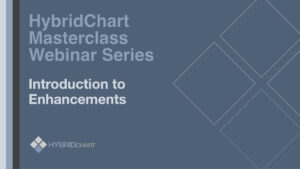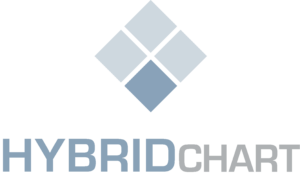The process of rounding at the hospital has been paper-based since the beginning of time. Providers print a list of patients, fold it neatly into their pocket, and proceed to venture from floor to floor of each hospital they cover. Along the way they diligently collect paper facesheets containing patient demographics and insurance information, once again folding and stuffing into the seemingly bottomless pit of a pocket. And then comes the charges. Hope there’s more room in the pocket.
The List Is in the Cloud
Moving to a mobile charge capture system immediately removed the need for me to carry around a patient list. Many doctors still cling to the comfortable feel of paper, but popping open the app to view the list (that updates in real-time, by the way) is infinitely easier. From schedulers to providers, the whole practice has visibility. And it is easy to toggle between different hospital censuses, whereas with the paper list, it was often 3 pages long. What about those facesheets? Simple. The app takes a picture of the facesheet and presents it securely to my billers. Better yet, the ADT feed from the hospital grabs all of the information for me and delivers it to my charge capture software.
Charge Sheets Galore
In the paper-based system there will likely be a pre-printed charge sheet per patient. I remember the days when I would go the nursing station, grab a patient sticker, affix it to the charge sheet, and then proceed to write down diagnoses, check boxes of what I had done – you get the idea. By the end of the week I had a mountain of sheets. Most of the time I did not want to do my billing at the point of care, so I would try do all of it at the end of the day. Problem was that most of the time I couldn’t perfectly recall the level of service for each patient, so errors (usually undercoding) definitely occurred. Fast forward to the mobile charge capture experience where each charge takes me 3-6 seconds, and happens at the point of care. No more end-of-the-day billing sessions. No more undercoding. No more piles of paper to manage.
The Missing Stack
“I think these are yours, sir,” said the owner of the dry-cleaner store, as she handed me a stack of charge sheets, which I had inadvertently left in my pant pocket. Oops. Then there were stacks of facesheets in my trunk which I found months later. Let’s face it. Charges were lost. In fact, when I adopted a modern solution for rounding my revenue from hospital work went up 9%. I was not working any harder – I was simply not losing charge sheets. My staff were losing them too as it turns out. Even if I was militant in getting all patients billed, and all sheets back the billers, once I placed them in the bucket (yes we had a bucket outside of the billers’ office), what happened to them after that was totally out of my control. In the modern version, I put my charges in at the point of care. The billers have them instantly, can never lose them, and they flow seamlessly into the billing software. There are layers of protection against missed charges, ensuring that there are no gaps at the end of a patient admission.
Reconciliation Needs to Happen
How many consults did I do last month? With paper systems it is hard to the know the true denominator. Yes, my staff can run a report from the billing software, but that represents the charges that made it into the system. We have already acknowledged that charges get missed before that step, so reporting from the billing system is not going to cut it. Luckily for me, I can run reports from the charge capture software, showing me what I did that day or month or quarter. Taking that list as the true denominator and comparing it to what claims actually went out, represents meaningful reconciliation. Suddenly I am in control and have instant access to data – my data – making sure that I am being compensated for my hard work.
As your practice evolves and you modernize your rounding process to incorporate a mobile charge capture system, you will eliminate the paper, remove the inefficiencies, and prevent missed charges. With this new-found organization comes the ability to do reporting and reconcile with the billers. My pockets are empty. No more conversations with my dry cleaner. No more surprise paper stacks in my trunk. Life is good.
https://hybridchart.com/wp-content/uploads/2019/11/HC-Logo-Primary.png
For A Better Hospital Rounding Experience
At HybridChart, we provide technology that connects your healthcare team, increases efficiencies, AND improves your bottom line. HybridChart’s cloud-based software adapts to your practice’s unique workflow and will improve your profitability and patient outcomes by utilizing our 5 features: charge capture, census management, secure messaging, discharge planning, and data analytics.
NEVER miss another charge and get PAID for the work you do!
If you are interested in taking your medical practice to the next level and want to employ the best hospital charge capture practice available in the industry, come visit our website at www.hybridchart.com, call us at 1-877-977-5544, or click here to schedule a demo today!





